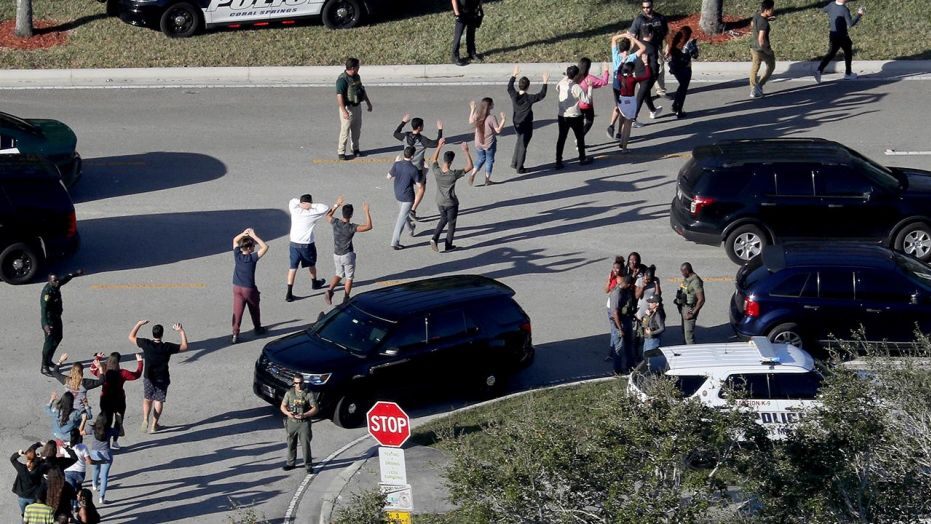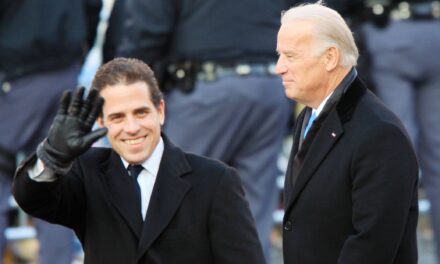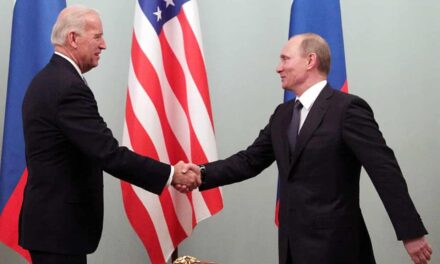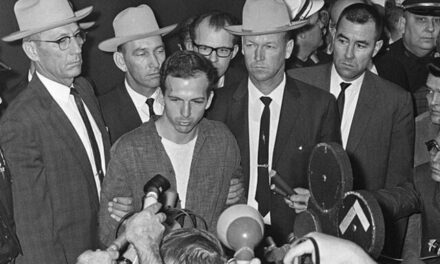One of the consequences of our inability as a country to regulate gun ownership is that we have to compensate for it by invading people’s privacy. This might not be immediately obvious, but you can see what I mean by either looking at Tom Socca’s latest piece at Hmm Daily or the Education Week article on which it is based.
In a desperate effort to keep children safe, school districts across the country are spending money is strange new ways:
Social media monitoring companies track the posts of everyone in the areas surrounding schools, including adults. Other companies scan the private digital content of millions of students using district-issued computers and accounts. Those services are complemented with tip-reporting apps, facial-recognition software, and other new technology systems.
There are some preposterous results, like schools being alerted that they themselves are threats for sending out notices about upcoming school shooter drills. A woman was flagged for tweeting that she’d “die for” her cats. A college basketball team aroused suspicion when someone wrote they were on “a shooting spree.”
But these are the least of the concerns raised by this technology and the diversion of educational resources it represents.
In April, for example, a company called Securly was at the annual conference of the Consortium for School Networking, pitching K-12 school technology officials on its rapidly expanding suite of services.
When Securly launched in 2013, its lone offering was a web filter to block students’ access to obscene and harmful content. The federal Children’s Internet Protection Act requires most schools to use such tools.
A year later, though, Securly also began offering “sentiment analysis” of students’ social media posts, looking for signs they might be victims of cyberbullying or self-harm.
In 2016, the company expanded that analysis to students’ school email accounts, monitoring all messages sent over district networks. It also created an “emotionally intelligent” app that sends parents weekly reports and automated push notifications detailing their children’s internet searches and browsing histories, according to a presentation delivered at the conference.
Then, in 2017, Securly also began monitoring all that information for potential signs of violence and attacks. It added a tip line, plus a layer of 24-hour human review of flagged threats schools can opt into.
There seems to no end in sight for this trend:
A Bloomington, Ill.-based company called Gaggle offers a window into what the trend looks like in practice.
Every day, Gaggle monitors the digital content created by nearly 5 million U.S. K-12 students. That includes all their files, messages, and class assignments created and stored using school-issued devices and accounts.
The company’s machine-learning algorithms automatically scan all that information, looking for keywords and other clues that might indicate something bad is about to happen. Human employees at Gaggle review the most serious alerts before deciding whether to notify school district officials responsible for some combination of safety, technology, and student services. Typically, those administrators then decide on a case-by-case basis whether to inform principals or other building-level staff members.
While schools are typically quiet about their monitoring of public social media posts, they generally disclose to students and parents when digital content created on district-issued devices and accounts will be monitored. Such surveillance is typically done in accordance with schools’ responsible-use policies, which students and parents must agree to in order to use districts’ devices, networks, and accounts.
Hypothetically, students and families can opt out of using that technology. But doing so would make participating in the educational life of most schools exceedingly difficult.
It’s just the way the world works now, said Gaggle CEO Jeff Patterson.
“Privacy went out the window in the last five years,” he said. “We’re a part of that. For the good of society, for protecting kids.”
The reason none of this was considered necessary before Columbine is because we didn’t have a constant drumbeat of mass casualty shootings in our society, and our schools were generally thought of as much safer than the streets. Yet, since no one seems to be able to convince the Republicans to assent to any legislative or regulatory efforts to stop shootings or curtail their lethality, what we have instead is a whole new industry dedicated to surveilling our students and educators in an effort to find a needle in a haystack.
What does this teach our children? How does spending money on this take away from spending money on traditional education?
A lot of people argue that unfettered gun ownership is an essential way to secure and protect our liberties and freedoms, but it sure doesn’t look like it’s working out that way.







